I am working on a software (Ruby - Sketchup) to calculate the radiation (sun, sky and surrounding buildings) within urban development at pedestrian level. The final goal is to be able to create a contour map that shows the level of total radiation. With total radiation I mean shortwave (light) and longwave(heat). (To give you an idea: http://www.iaacblog.com/maa2011-2012-digitaltools/files/2012/01/Insolation-Analysis-All-Year.jpg)

I know there are several existing software that do this, but I need to write my own as this calculation is only part of a more complex workflow.
The (obvious) pseudo code is the following:
Select and mesh surface for analysis
From each point of the mesh
Cast n (see below) rays in the upper hemisphere (precalculated)
For each ray check whether it is in shade
If in shade => Extract properties from intersected surface
If not in shade => Flag it
loop
loop
loop
The approach above is brute force, but it is the only I can think of. The calculation time increases with the fourth power of the accuracy (Dx,Dy,Dazimth, Dtilt). I know that software like radiance use a Montecarlo approach to reduce the number of rays.
As you can imagine, the accuracy of the calculation for a specific point of the mesh is strongly dependent by the accuracy of the skydome subdivision. Similarly the accuracy on the surface depends on the coarseness of the mesh.
I was thinking to a different approach using adaptive refinement based on the results of the calculations. The refinement could work for the surface analyzed and the skydome. If the results between two adjacent points differ more than a threshold value, than a refinement will be performed. This is usually done in fluid simulation, but I could not find anything about light simulation.
Also i wonder whether there are are algorithms, from computer graphics for example, that would allow to minimize the number of calculations. For example: check the maximum height of the surroundings so to exclude certain part of the skydome for certain points.
I don't need extreme accuracy as I am not doing rendering. My priority is speed at this moment.
Any suggestion on the approach?
Thanks
n rays At the moment I subdivide the sky by constant azimuth and tilt steps; this causes irregular solid angles. There are other subdivisions (e.g. Tregenza) that maintain a constant solid angle.
EDIT: Response to the great questions from Spektre
Time frame. I run one simulation for each hour of the year. The weather data is extracted from an epw weather file. It contains, for each hour, solar altitude and azimuth, direct radiation, diffuse radiation, cloudiness (for atmospheric longwave diffuse). My algorithm calculates the shadow mask separately then it uses this shadow mask to calculate the radiation on the surface (and on a typical pedestrian) for each hour of the year. It is in this second step that I add the actual radiation. In the the first step I just gather information on the geometry and properties of the various surfaces.
Sun paths. No, i don't. See point 1
Include reflection from buildings? Not at the moment, but I plan to include it as an overall diffuse shortwave reflection based on sky view factor. I consider only shortwave reflection from the ground now.
Include heat dissipation from buildings? Absolutely yes. That is the reason why I wrote this code myself. Here in Dubai this is key as building surfaces gets very, very hot.
Surfaces albedo? Yes, I do. In Skethcup I have associated a dictionary to every surface and in this dictionary I include all the surface properties: temperature, emissivity, etc.. At the moment the temperatures are fixed (ambient temperature if not assigned), but I plan, in the future, to combine this with the results from a building dynamic thermal simulation that already calculates all the surfaces temperatures.
Map resolution. The resolution is chosen by the user and the mesh generated by the algorithm. In terms of scale, I use this for masterplans. The scale goes from 100mx100m up to 2000mx2000m. I usually tend to use a minimum resolution of 2m. The limit is the memory and the simulation time. I also have the option to refine specific areas with a much finer mesh: for example areas where there are restaurants or other amenities.
Framerate. I do not need to make an animation. Results are exported in a VTK file and visualized in Paraview and animated there just to show off during presentations :-)
Heat and light. Yes. Shortwave and longwave are handled separately. See point 4. The geolocalization is only used to select the correct weather file. I do not calculate all the radiation components. The weather files I need have measured data. They are not great, but good enough for now. https://www.lucidchart.com/documents/view/5ca88b92-9a21-40a8-aa3a-0ff7a5968142/0

